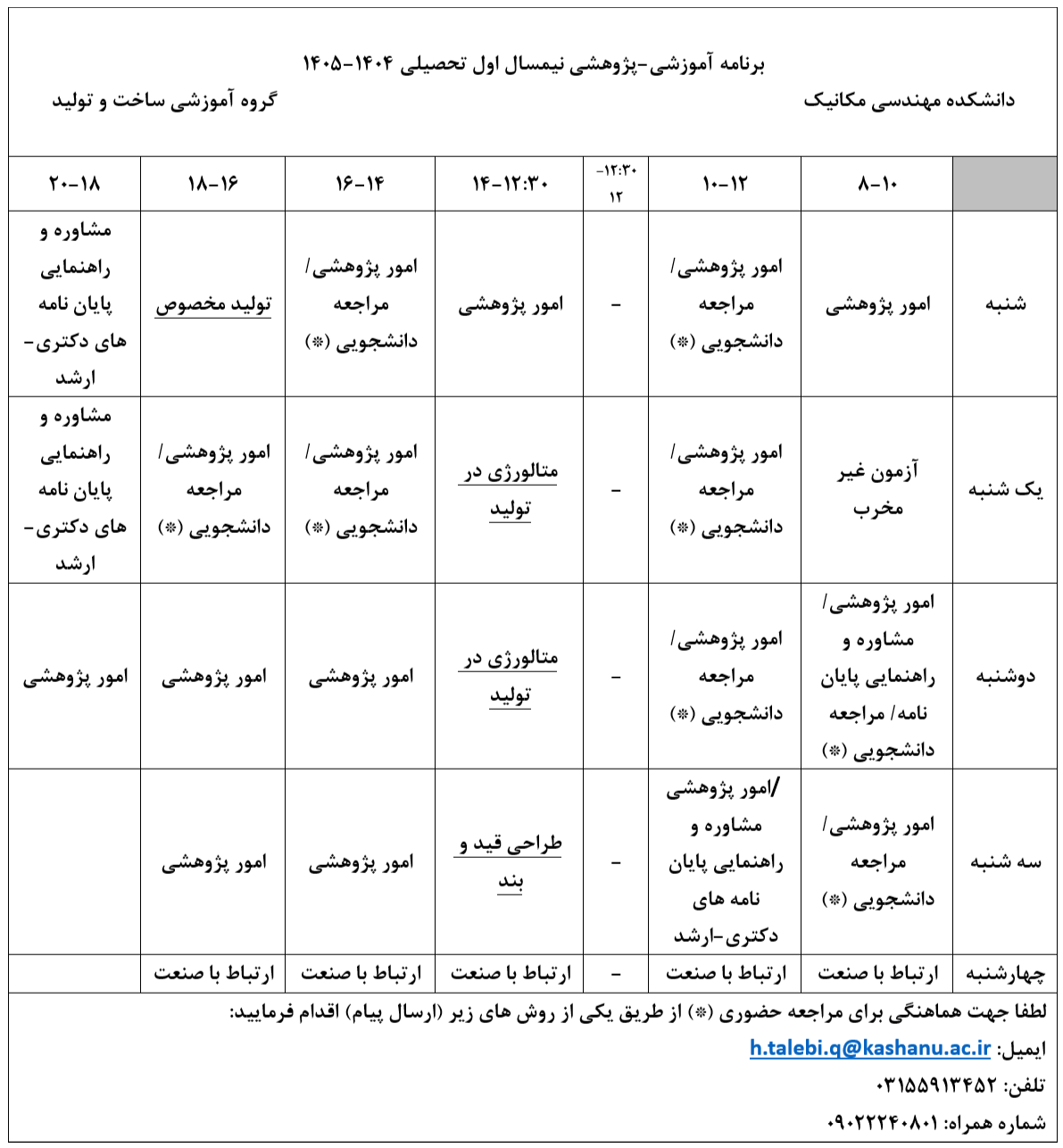| نویسندگان | حسین طالبی قادیکلائی,وحید مدانلو,مجید الیاسی,فرزاد احمدی خطیر |
|---|
| نشریه | Proceedings of the Institution of Mechanical Engineers, Part L: Journal of Materials: Design and Applications |
|---|
| ضریب تاثیر (IF) | ثبت نشده |
|---|
| نوع مقاله | Full Paper |
|---|
| تاریخ انتشار | 2023-09-27 |
|---|
| رتبه نشریه | علمی - پژوهشی |
|---|
| نوع نشریه | الکترونیکی |
|---|
| کشور محل چاپ | ایران |
|---|
| نمایه نشریه | SCOPUS ,JCR |
|---|
چکیده مقاله
The multi-criteria decision-making method, along with experimental and finite-element (FE) methods, was employed to determine the optimal process parameter values for rubber pad forming of metallic bipolar plates. To achieve this aim, the rubber pad forming process was modeled by FE software, and the results were validated by conducting experimental tests. Three significant rubber pad forming parameters—punch force, hardness, and the thickness of the rubber layer—were considered as input variables. A full-factorial design involving 27 experiments was used to assess the alternatives. Filling percentage, thinning ratio, and stress were considered as distinct evaluation criteria. To solve the multi-criteria decision-making problem, a hybrid approach was used to weigh the alternatives. According to the results, the applied method was capable of selecting the optimal values of process parameters while considering different criteria simultaneously. The results demonstrated that a punch force of 50 kN, rubber hardness of 55 Shore A, and rubber thickness of 3.5 mm were the best processing conditions. For these parameters, the filling percentage, thinning ratio, and stress were 97.6%, 28.5%, and 1005 MPa, respectively.

